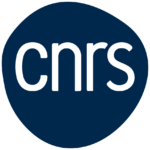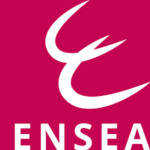40 years of history
ETIS celebrates 40 years of research in image and signal processing...
The “image processing” team was created in 1980 within the research laboratory of the Ecole Nationale Supérieure de l’Electronique et de ses Applications (ENSEA), with a staff of three peoples: one full professor and two assistant professors.


Since 1988, the team has had the label of “équipe d’accueil” from the Ministry of Higher Education and Research (EA 1388). In 1990, the team, which became the “image and signal processing” team, was recognised as a young CNRS team for two years. The creation of the University of Cergy-Pontoise (UCP) gave a new impetus to the team in 1991.
The creation of the DEA “image and signal processing” (DEA TIS), accredited the same year, marks the commitment to doctoral training. On 1 January 1997, ETIS became a research unit associated with the CNRS (URA D2235, then UPRES-A 8051). Since 1 January 2002, the ETIS laboratory, Equipes Traitement des Images et du Signal, has been a mixed research unit of the CNRS. On 1 January 2009, ETIS welcomed new members from the ECIME research team at ENSEA, and became the Equipes Traitement de l’Information et Systèmes laboratory.
The commitment of ETIS to doctoral training on the Cergy site has been affirmed by our membership of the multidisciplinary Sciences and Engineering doctoral school since its creation and by a strong involvement in the proposal of research specialities of the SIGE (Computer Systems and Electrical Engineering) master’s degree of the UCP in co-supervision with the ENSEA.
ETIS is a research entity common to ENSEA and the University of Cergy-Pontoise, recognised by the CNRS (UMR 8051), and located on the premises of ENSEA and UCP (St-Martin 1). The laboratory hosts teacher-researchers, researchers and administrative and technical staff from these three institutions.
The researchers of the laboratory belong to section 7 of the CNRS “Information sciences : signals, images, languages, automation, robotics, interactions, hardware-software integrated systems”.


